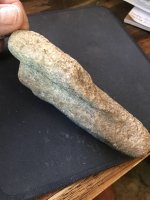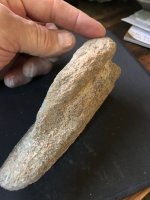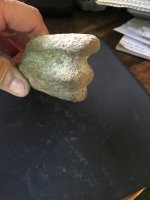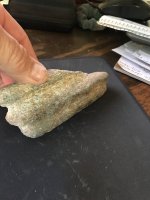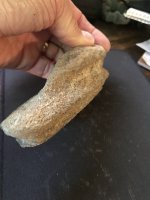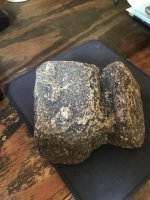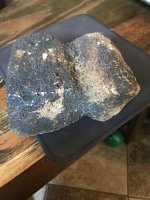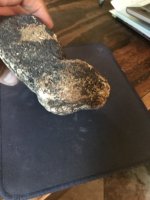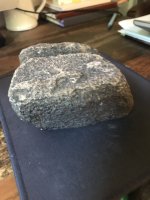Not sure what this was used for. It came from Southern Appalachian Cherokee area. It is about 6 inches long and weighs almost a pound. I was thinking it might have been used for plowing/ gardening. I haven't been able to find a picture of anything like it anywhere. Does anyone else know what it might have been used for?
Attachments
Upvote
5


